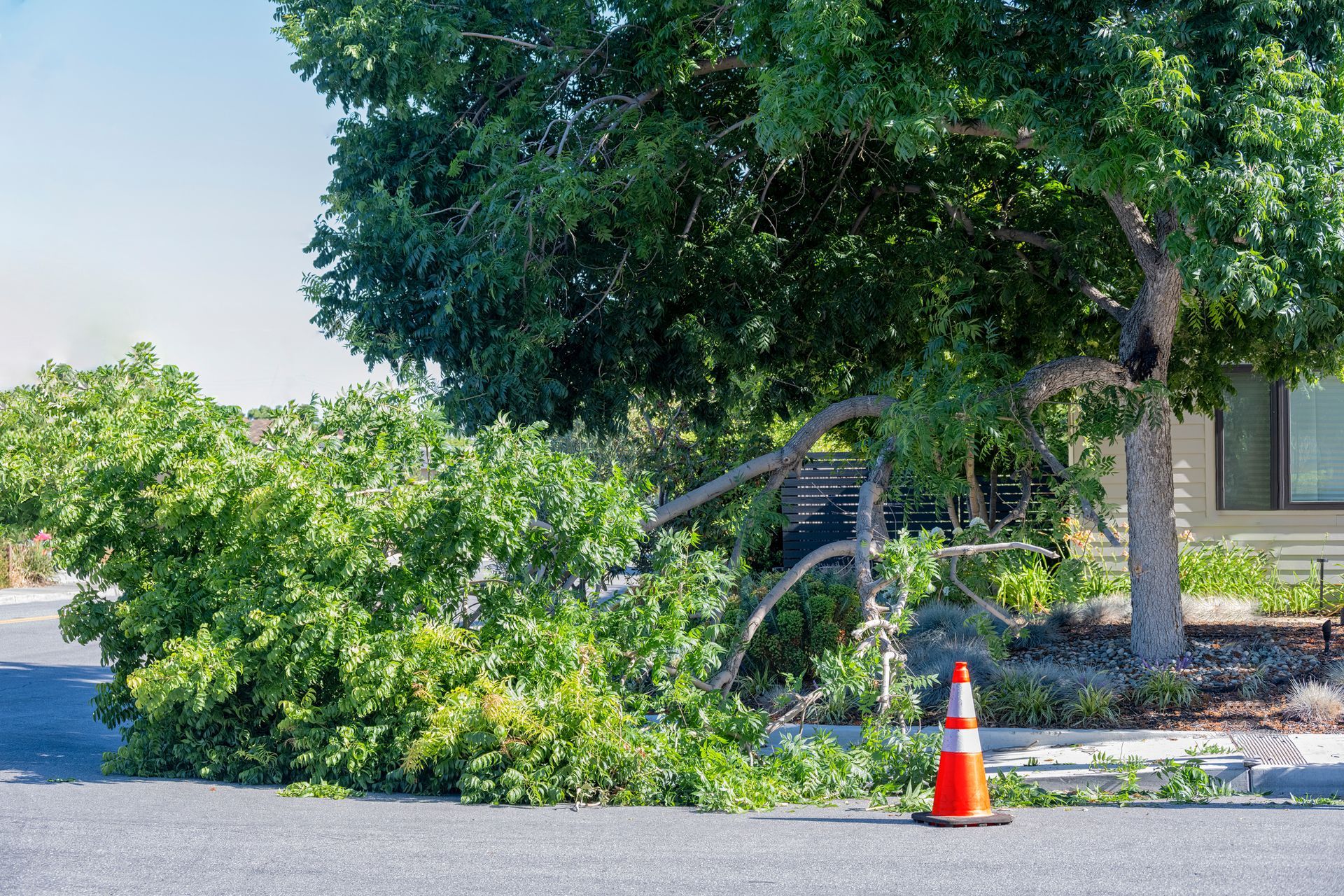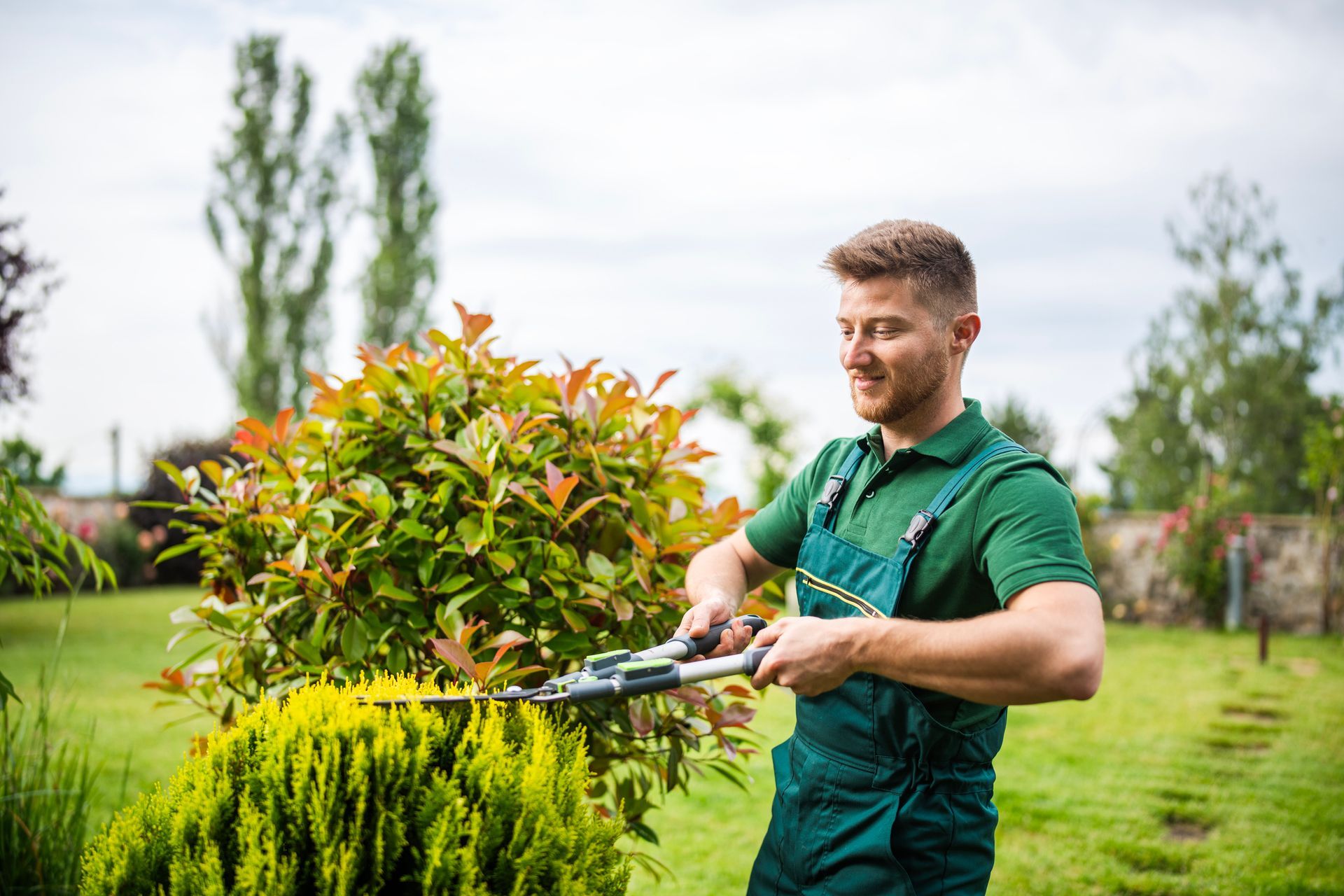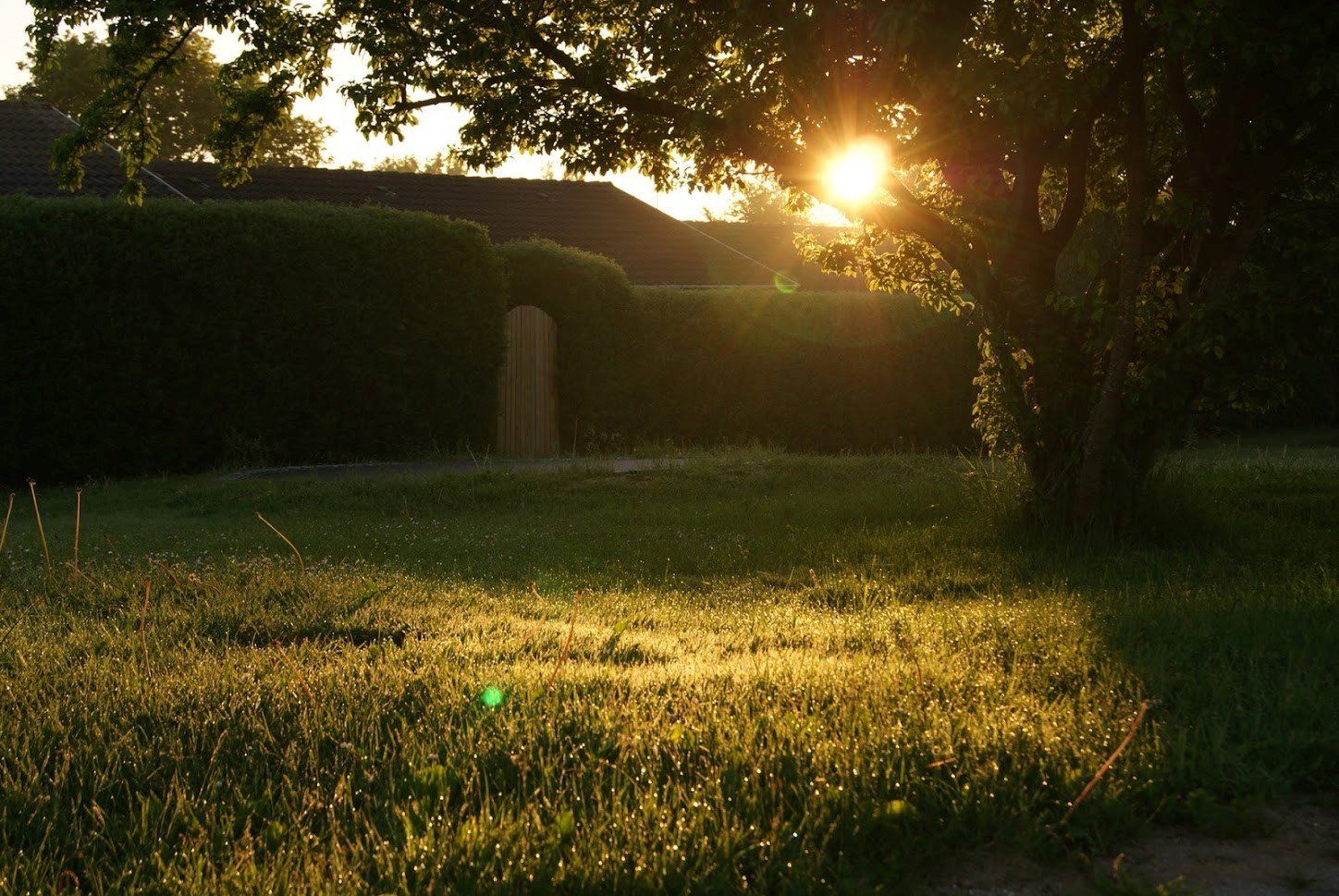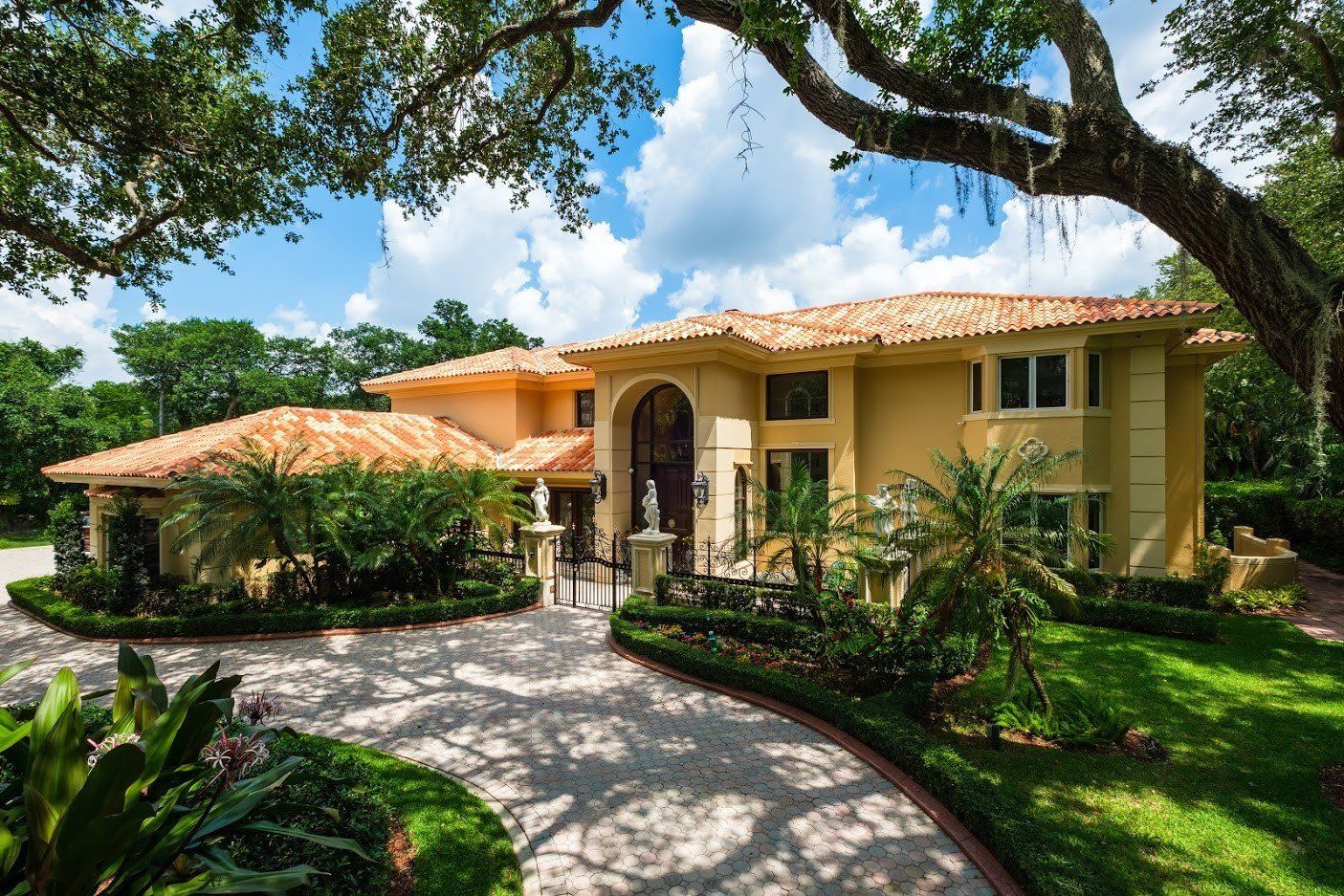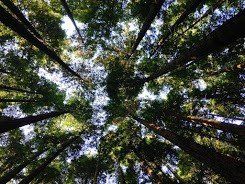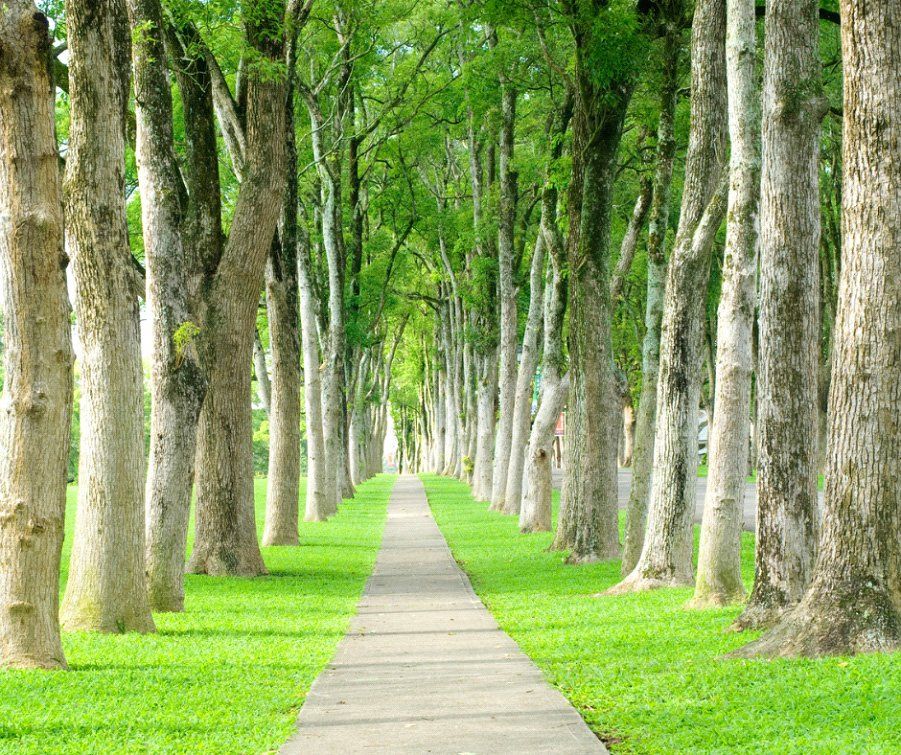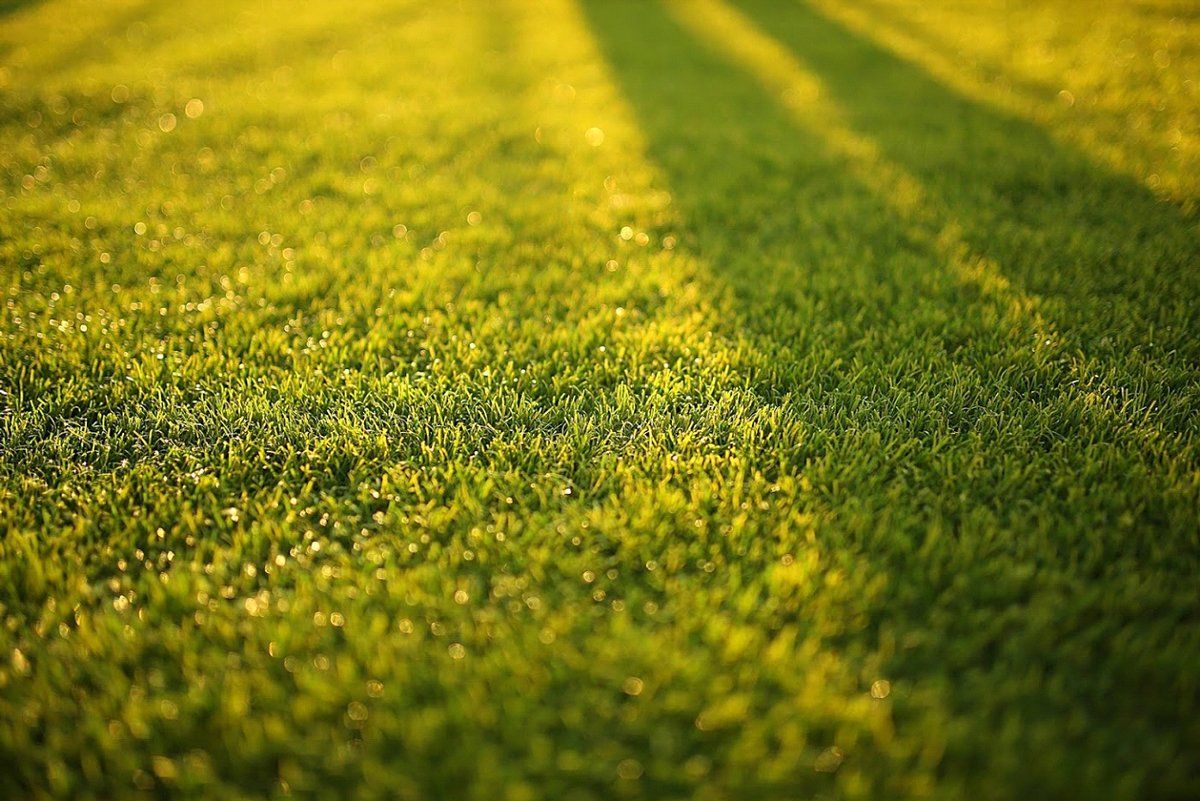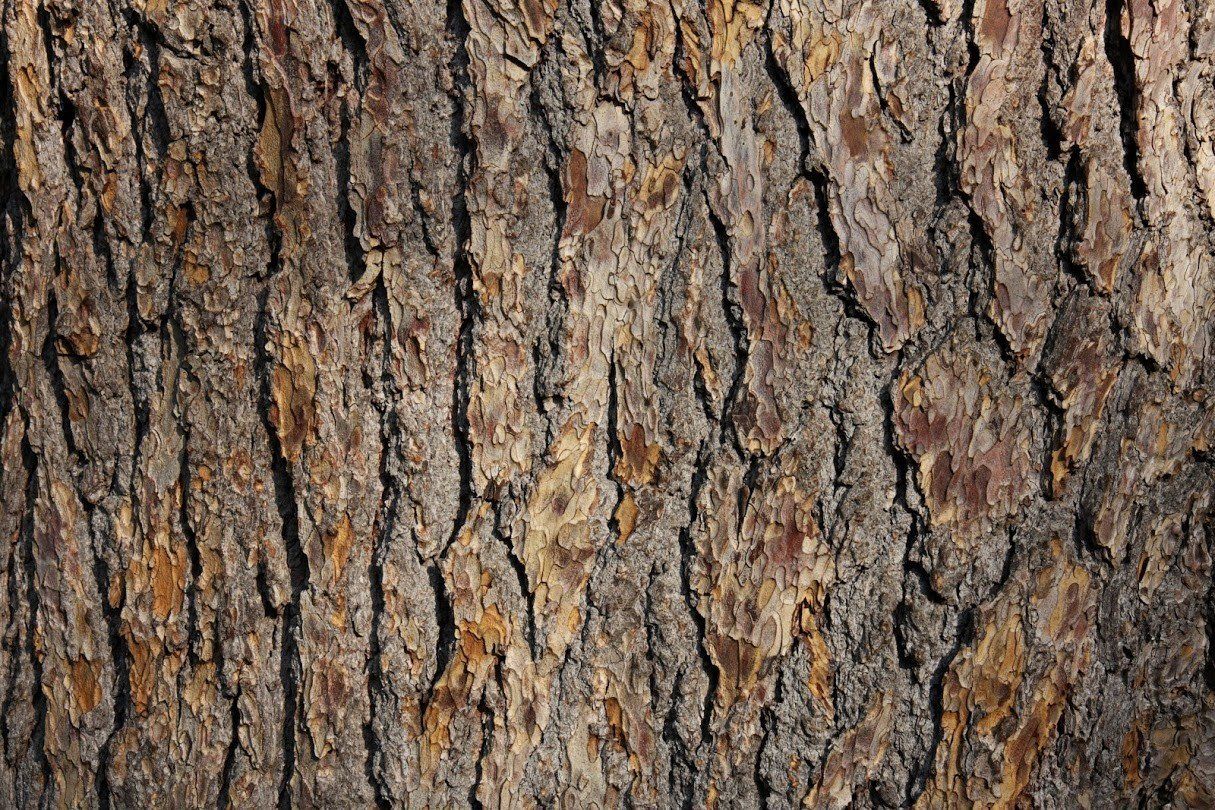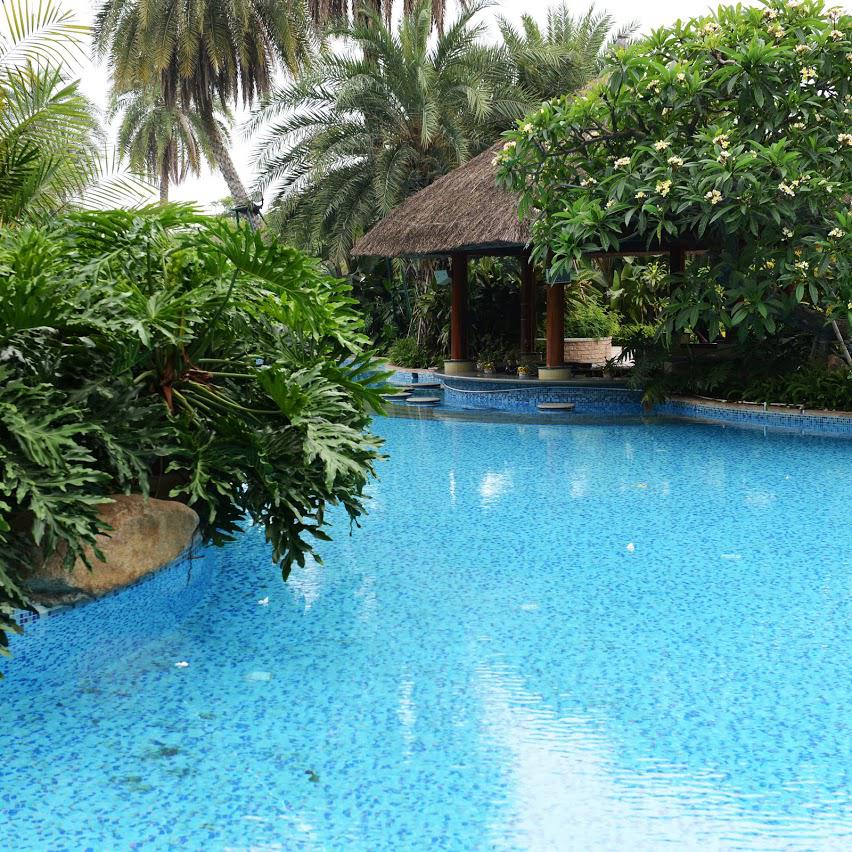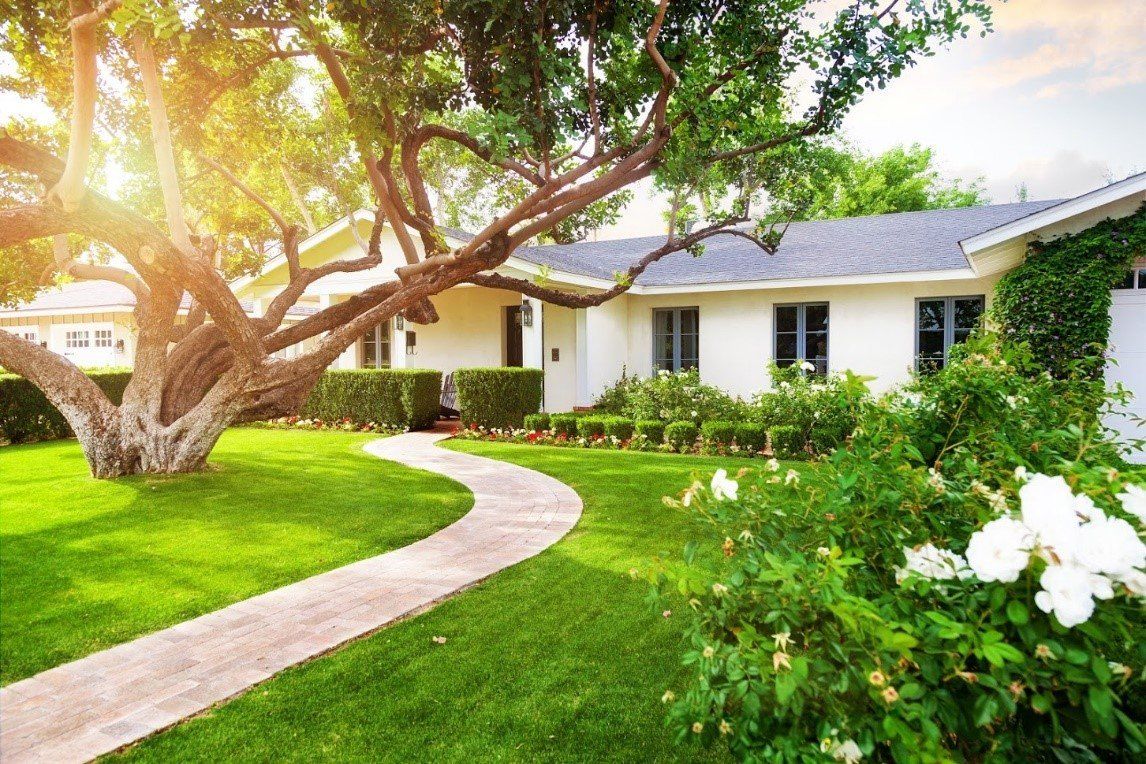5 Trees That Grow Well in Low Spots | Kaily's Tree Service
5 Trees That Grow Well in Low Spots
If your yard is not perfectly level, you may have some low spots where water settles,especially after a big storm. Finding the right trees to plant in these low spots can be a challenge. Some trees won't do well with the frequent wetness:their roots may rot, or they may develop fungal infections
Thankfully,a few trees either tolerate or thrive in wet spots. Planting one or several of these trees in the low areas across your yard will not only add beauty to your landscape but will also help improve drainage and keep your lawn dryer overall.
1. River Birch
If you want a shade tree that won't take 50 years to reach maturity, plant a river birch. These majestic trees add up to 24 inches of height per year and have a nice, 60-foot canopy when mature. They are known for their paper-like, peeling bark and are typically along the banks of rivers. A river birch can tolerate flooding, drought,and everything in between. It will even grow in partial shade.
River birch trees do drop long, slender catkins each April or May. Some homeowners find cleaning those up inconvenient
2. Weeping Willow
The weeping willow is another fast-growing shade tree, sometimes adding a shocking eight feet in height in a single year. This tree thrives in wet spots - even in standing puddles. Weeping willows are one of the first trees to bud in the spring,and they keep their leaves well into autumn. They're great for preventing soil erosion.
Weeping willows are known for the long, limp tendrils that hang from their branches. These may drag on the ground if not trimmed back properly every year.
3. Swamp Tupelo
Swamp tupelos grow well in consistently wet,clay soils, making them a good choice for low spots that stay wet all year. These huge trees can reach over 100 feet tall. Each tree has multiple stems or trunks,creating quite a spectacle. Swamp tupelos attract wild life like raccoons and birds, and bees like to feed on the nectar from the trees' flowers.
One limitation of swamp tupelos is that they do require full sunlight and a lot of space. They are not a good tree for shady areas or spots surrounded by other trees.
4. Nuttall Oak
Many varieties of oak trees exist, from pin oaks to red oaks. The Nuttall oak seems to combine the best qualities of each. It grows quickly, tolerates wetness and periods of drought,and develops a gorgeous red color in the fall. Nuttall oaks area good choice for planting near septic tanks and sewer lines, since their roots are non-invasive.
While you should trim Nuttall oaks lightly when young to encourage a healthy shape, they do not require as much trimming as a pin oak, since they don't have as many lower branches.
5. Freeman Maple
You may not have heard of the Freeman maple,as it is less common than the ever-popular red and silver maples. In fact,a Freeman maple is a hybrid of these two varieties. Like the silver maple, it will tolerate a wide range of soil qualities, including wetness in a low spot. Like the red maple, its leaves turn a gorgeous red in the fall.
Freeman maple trees do have shallow roots, so you will need to be careful not to damage the roots when mowing and trimming around the tree
Whether you want a tree with unique bark or one with bright red leaves,a suitable option for your low spot exists. For more information or to schedule a pruning appointment for your new trees, contact Kaily's Tree Service.


